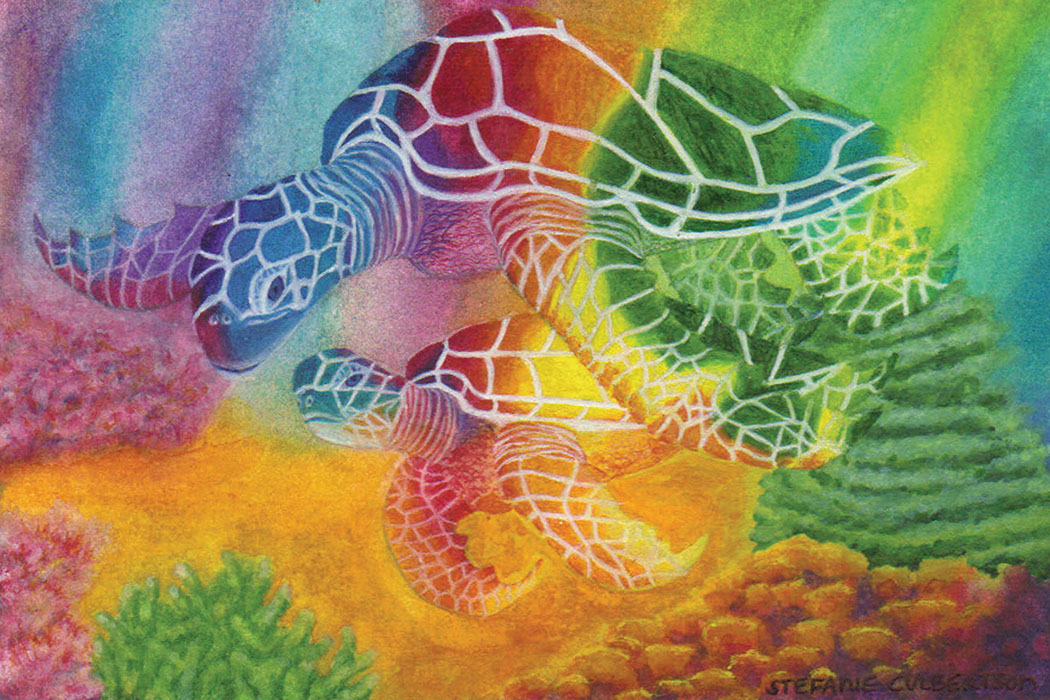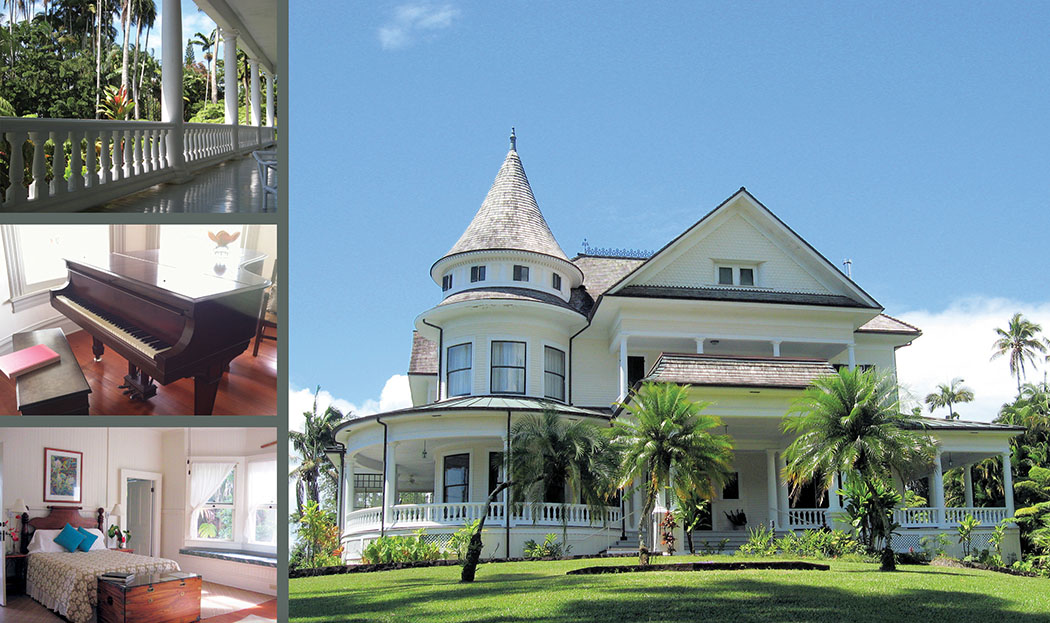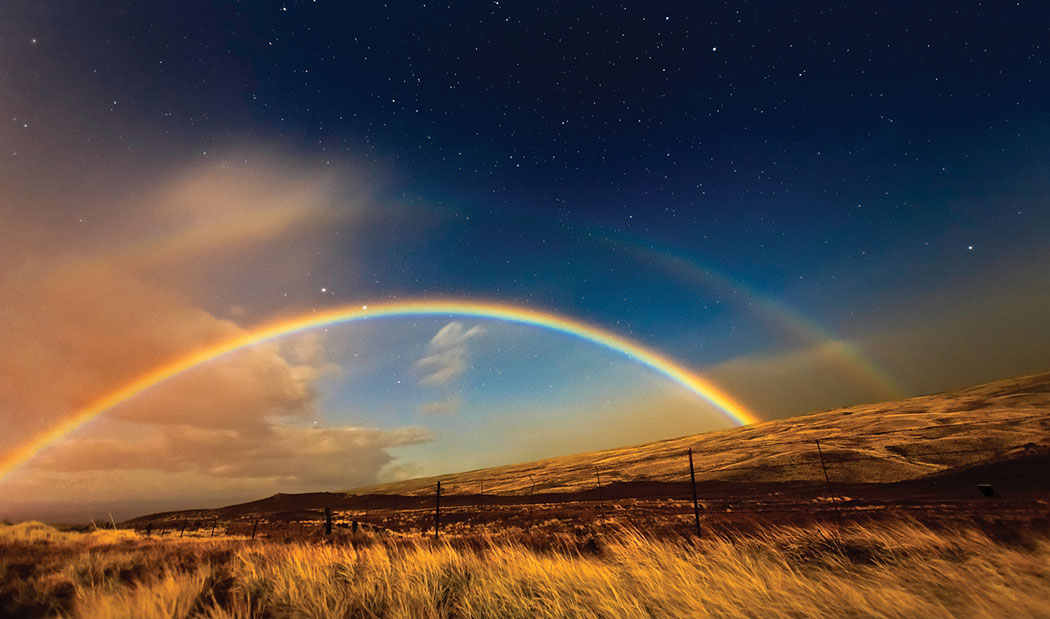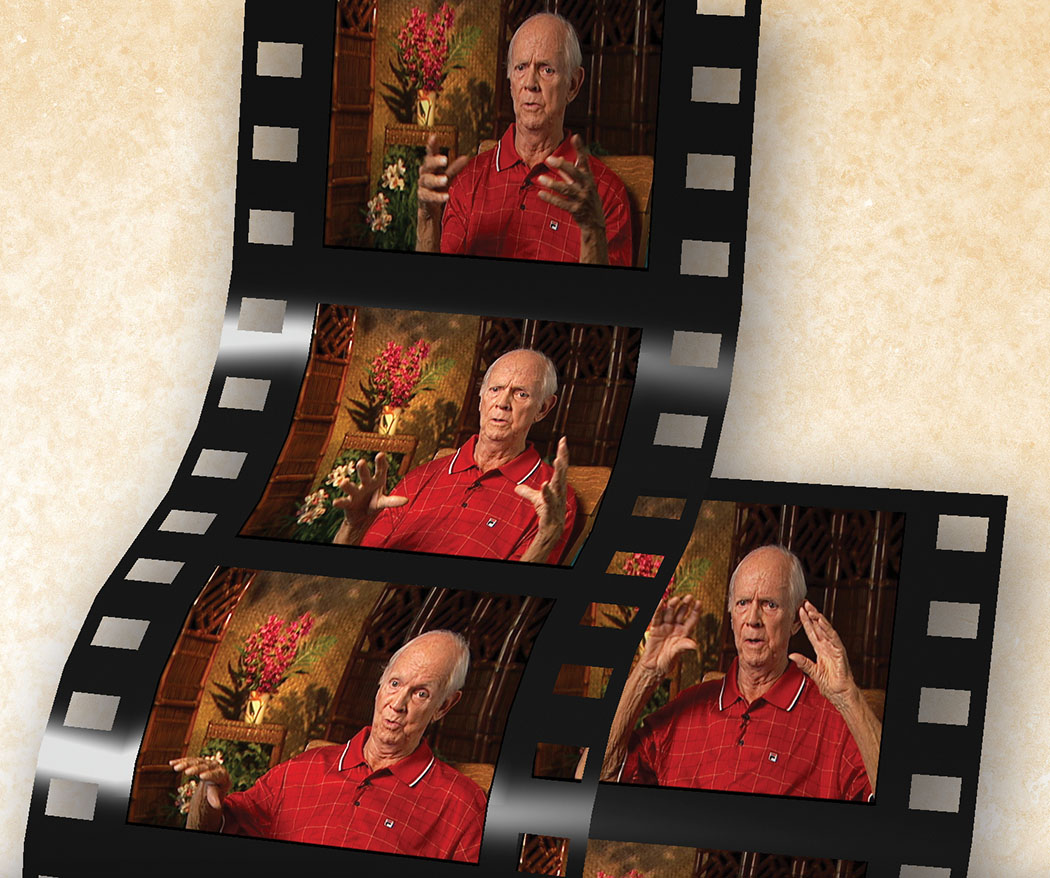
Kupuna Talk Story: Kenneth Francis Brown–Native Son, Holistic Visionary Inspires the Future of Hawai‘i Island

By Keith Nealy
As a filmmaker and storyteller, I have been blessed with the gift of sharing the mana‘o (knowledge) of more than 60 of Hawai‘i’s most revered kūpuna in spirited conversation exploring the cultural legacy they carry in their memory. Each conversation has been a journey back in time, into the world they inhabited, through their eyes, and expressed in their words.
This conversation with Kenny Brown took place in September 2005 for the film Not Just Another Hospital, which told the triumphant story of North Hawai‘i Community Hospital in Waimea—a unique healing environment, conceived and built against all odds and succeeding by becoming a model for changing the very nature of healthcare with Hawaiian healing practices.
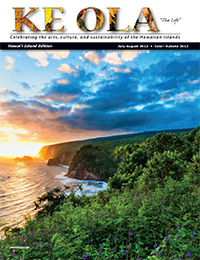
To describe the accomplishments of Kenny Brown, and to do it justice, would take this entire magazine. Born in 1919, Kenny is one quarter Hawaiian, descendent of ali‘i, former state senator, successful architect, and businessman. He has provided innovative leadership of institutions as diverse as the Bishop Museum, the East-West Center, The Queen’s Medical Center, and the Mauna Lani Resort on Hawai‘i Island where he is still chairman of the board. In fact, Kenny’s family owned the property on which the Mauna Lani Resort now stands and had an oceanfront home at Kalahuipua‘a a few hundred yards from where Danny Akaka holds his Twilight at Kalahuipua‘a concert every month on the porch of Eva Parker Woods cottage.
The humble man I talked story with on this day was far from the powerful business magnate one might imagine from his resume. However, I was not as interested in what he had done so much as in his passion and vision and where all that came from.
Kenny is a soft-spoken storyteller with a twinkle in his eye, passionate about his native Hawaiian culture, the magic of healing, and the possibility of changing the very nature of healthcare—right here on Hawai‘i Island.
Let’s listen as he tells his story.
Kenny: “One-quarter of my grandparents were native Hawaiian. They came here when the other Hawaiians came here a few thousand years ago. The rest of my grandparents were from New England. Though there was a marvelous dichotomy between Hawaiians and people from New England who were merchants and practical people, they weren’t missionaries.”
Keith: “How did the multicultural nature of your heritage affect your upbringing, your life and your philosophy?”
Kenny: “Well, the Hawaiians were of an entirely different nature. Even in my parents’ case, there was some dichotomy—even some tension between the two. I’ve inherited that dichotomy and schizophrenia of having two conflicting heritages.”
Keith: “As you were growing up which heritage did you gravitate to?”
Kenny: “I gravitated towards the mainland one. I didn’t rediscover my Hawaiian heritage until I went down to New Zealand about 20 years ago, which was a real awakening. My genes had been slumbering. It was a tremendous awakening and enlightenment for me.
I discovered the New Zealand Māori resisted the subjugation of their Māori heritage by their New Zealand/English heritage. They still celebrated their culture; it’s very comforting to know that. I saw the Māori were able to worship their own culture, still get along in the world, and do a good job.”
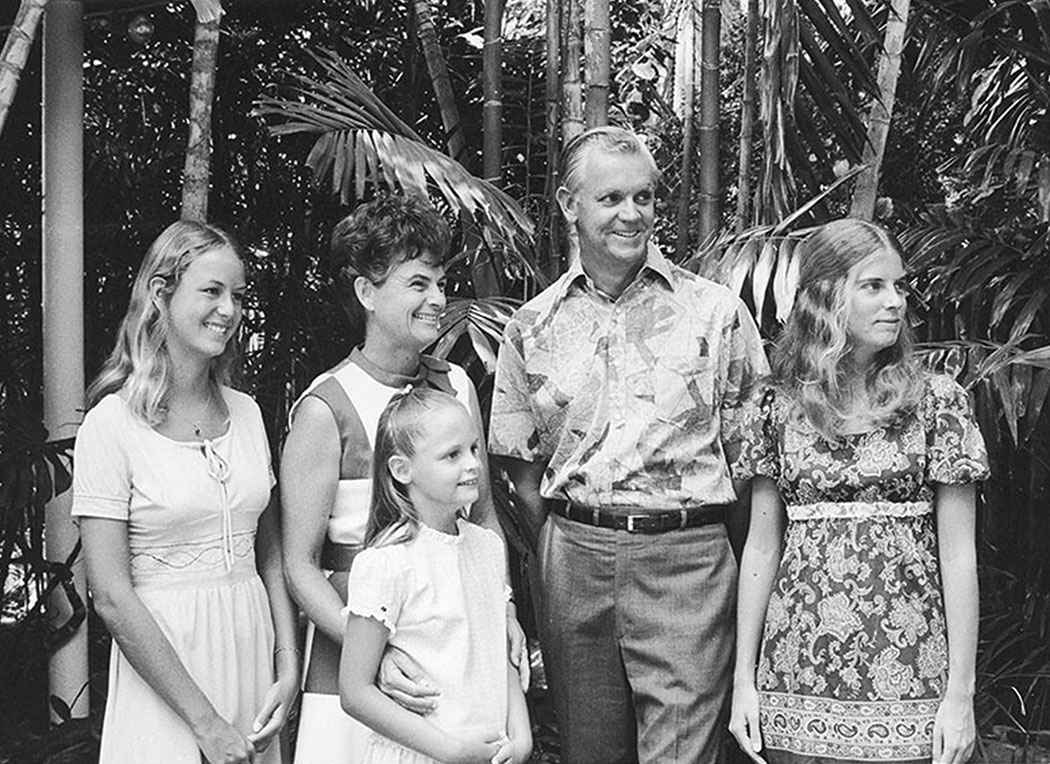
Keith: “What did that rediscovery do for you from a psychological point of view? Here you were busy building your life based on Western models and you were very involved in business in Hawai‘i. How did that reawakening affect you?”
Kenny: “It was very good for me because I had been studying and had been a student of Zen for a long time. It turns out that the Polynesians and Zen have a lot in common. For me, it was not so much as an awakening as it was a confirmation where my genes had been taking me. Then the Māori’s opened my eyes, and I said, ‘My God, there was a handclasp between the Zen and Polynesian ethos.’ ” It dignified the genes that were rumbling around in me for a long time. It made me feel that those feelings were valid, and they have a lot of power. It helped my understanding of the world and helped me to understand myself. That was a huge awakening for me.”
Keith: “Tell me about what life was like growing up here?”
Kenny: “It was very schizophrenic in my family. My father was part New England and very practical. They weren’t missionaries, but they were very practical people. And one-half of him was Polynesian—with a very lyrical way of looking at the world. My father was fluent in Hawaiian, but never spoke it at home, so we never learned it.
I remember my father when we would be at parties. A Hawaiian orchestra would play music and suddenly he would get up and join them in a Hawaiian song, and I said to myself, ‘I never knew he knew that song.’ He had that huge connection to the ancient Hawaiian ways and he never showed that at home because the missionaries told him, ‘Don’t expose that to your kids.’
He subjugated his Hawaiian heritage when he was at home. I think somehow or other it imparted on him that it was inferior. And you don’t want your kids to grow up knowing anything about it. That was the feeling in those days of his growing up. I feel sorry for myself for not having had that exposure.”
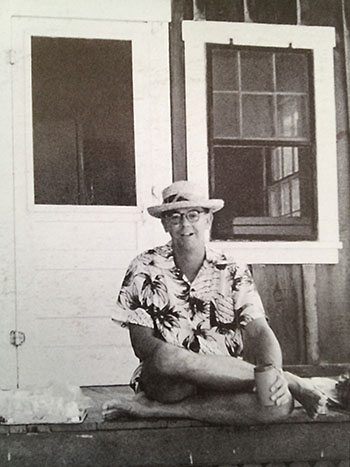
Keith: “I have discussed that very same situation with many kūpuna. Nona Beamer, Kindy Sproat, and Clay Bertelmann all told me stories about when they were younger. They told me how speaking Hawaiian at home or in school was discouraged and looked down upon.”
Kenny: “I think the missionaries brought that. Christianity and various modes can sometimes be very domineering and dominating. See, the missionaries came here to save the Hawaiians, so they tried to subjugate the Hawaiian culture. My dad accepted that, even though he was never taught by the missionaries. It was built as a pyramid of values in the culture and morality with the Christians on the top and the Polynesians down below. I eventually discovered that was very wrong.
The better metaphor for me is the tree, the roots, and the trunk—all those things together in equal validity and equal respect. The Hawaiian culture was formed way down near the roots. What it means is to accept that you’re getting down to the place that generated all the other cultures—it’s very rewarding to understand. It’s not just an exotic little bypass of the other cultures. It’s a part of the primal culture—it’s part of the primal trunk. It’s a huge reward to understand that all the other cultures, belief systems, and branches all come from the same place. It was very helpful to me to understand that.”
Keith: “You once said, ‘As we planned for our own future we must listen to our past.’ What did you mean by that?”
Kenny: “Well, you have to have a way of seeing where you came from. The things that directed you, sometimes faith, sometimes outside spiritual things, and sometimes your own dedication. To see how those have guided you and then invoke the one that has been most influential. The one you accept in your soul and become conscious of those directions [that] are sending you into the future. What is my guiding principle telling me? I have used the concept about which is heavier—gold or aloha? And I keep that idea in the back of my mind all the time. There are times you have to accept the gold, and yet most of the time you weigh it between gold and aloha. You always have to keep the aloha in there. Many times you follow the aloha direction, and sometimes you must follow the gold. Remember the aloha is there too, and you only use the gold to enhance the aloha—to direct you to aloha. It’s a good metaphor.”
Keith: “During the past 20 years, you have been very active on Hawai‘i Island inspiring the creation of more than 50 community initiatives and programs such as: Hawaii Island Healthcare Alliance, Community Health Initiative, Tutu’s House, and Earl’s Garage. Tell me about the organization you created called ‘Friends of the Future?’”
Kenny: “Well, some of us thought Hawai‘i Island was at a turning point, and had been for a long time, dealing with materialism versus Hawaiian spirituality or Christianity or Buddhism or Taoism. We felt the “Friends of the Future” should try and re-inject into the destiny and guidance of Hawai‘i the knowledge of and support of those spiritual signposts and spiritual stars. We had succumbed to all this materialism and the people needed help and support. So our desire was to get that back into the constellation of what was guiding Hawai‘i, and I think it has worked out pretty well.”
Keith: “Tell me about your involvement with North Hawai‘i Community Hospital in Waimea?”
Kenny: “For years some of us had an idea that there should be a hospital in Waimea because Hawai‘i Island has a legend of being the “Healing Island.” It was a belief that the five mountains have something to do with healing, regeneration, and inspiration. Of course, in those days they didn’t have any differentiation between mind and body. Some asked, ‘Why don’t we put together some kind of institution based on western knowledge—a hospital—and invoking the other magic and mana of this place.’ So that’s how we got the idea of building a high-tech hospital. And also a place where the magic of the ancient healing will be accepted and encouraged. A few of us got together and agreed to do whatever was necessary to get a hospital built here.”
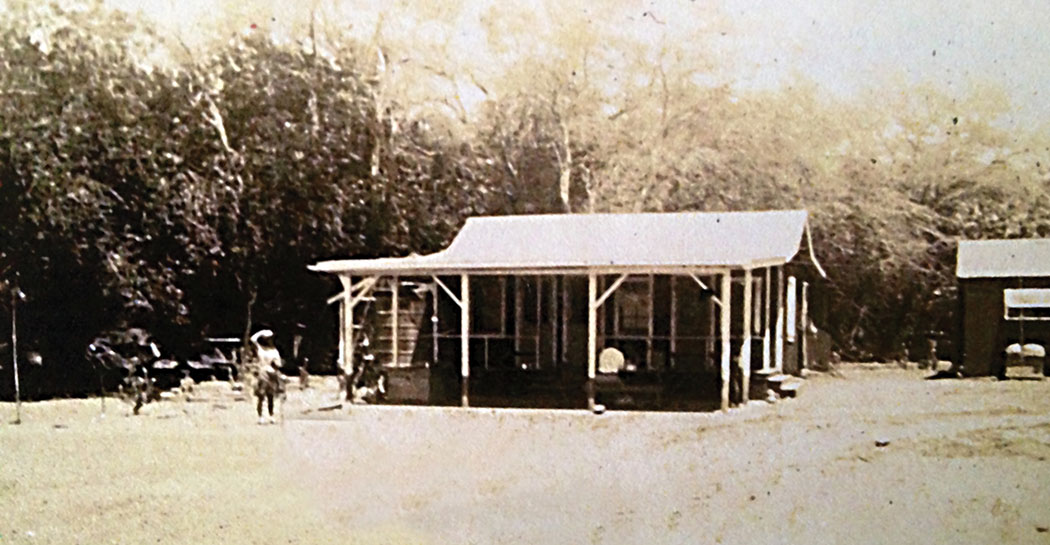
Keith: “Is that how you met Earl Bakken?”
Kenny: “Yes, my nephew Alan put us together. He knew that Earl and I were both interested in the same thing. We decided there was a lot of talk about building a hospital and that we should help and make sure that it had mind-body medicine. Earl was very instrumental because he was able to talk in the language of both disciplines, being very successful with his [implanted] pacemaker. He was researching another element having to do with the pacemaker and the patient’s state of mind. If the patient is not ready to receive it or doesn’t believe it will work, it actually doesn’t work as well as one in a patient who believes in it. He was fascinated in this mind-body connection. And he set up some means of quietly investigating that connection.”
Keith: “Tell me about Earl’s concepts of “blended medicine” and what does that mean?
Kenny: “You recognize that there is a connection between body illnesses and the psyche. There is some kind of mental or spiritual elements of illness. And somehow we in the materialistic world have not been able to really attach the two. We take drugs or antidepressants. There must be a way of intervening, so when you find some kind of a bodily ill, you can also cure the part of your psyche or soul [that] is working hand-in-hand with that. It’s very hard because our language and our minds are not set up to understand that. We believe that they’re all totally separate. We talk about mind-body but it’s hard for us to believe. And, we’re fumbling and stumbling towards it. The ancient kāhuna and primal people have known about the connection all along.”
Keith: “You seem to have an amazing ability to get people to collaborate with you and support this dream of a better Hawai‘i by bringing back the ancient, cultural ways. How do you do it?”
Kenny: “Well, you have to invoke Maui, ‘the trickster!’ He leads them down the way he wants them to go and then they follow. Maui is a marvelous inspiration. It’s not being dishonest; you’re actually helping them by tricking them into doing things they really want to do anyway.
Maui is the guy who when the sun came up erratically, put up a net and the sun got caught in the net. And the sun asked, ‘Maui, what can I do so you will let me out?’
Maui said, ‘Not until you promise me that you’ll come up regularly every day.’
And the sun said, ‘Okay, okay, I’ll do it.’
Maui, ‘the trickster,’ is a very important person to keep in the back of your mind if somebody or an organization is doing something you want to change. Sometimes you have to trick them from doing something they think is in their own good, usually their own selfish good, and getting them to see the bigger picture.
So Maui is really a marvelous person to think about. ‘The trickster.’ (He smiles with that twinkle in his eye.)
And regarding Earl, well, we’re just so lucky to have him here. My feeling is he was really attracted here by the legend of ‘Healing Island’ and by the five mountains—they were beckoning him here—tricking him (he smiles) just like Maui, ‘the trickster.’” ❖
Friends of the Future: fofhawaii.org
North Hawaii Community Hospital: nhch.com
Pictures by the Brown family.
Contact writer Keith Nealy: KeithNealy.com
Kupuna Talk Story ©2013 Keith Nealy Productions
